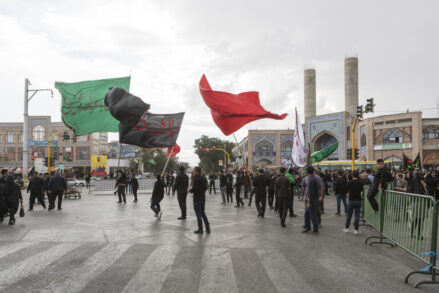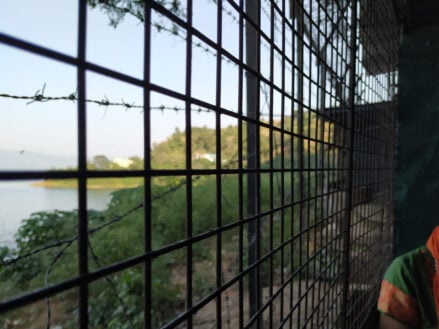1.In the most populated countries on earth, Christians live under technology threat.

Surveillance cameras like these on the streets of China are always watching—who you are, where you’re going—and who do you worship?
In China, where there are an estimated 97 million Christians, persecution against Christians has taken a technological turn. A recent report cited by CNBC estimates there are approximately 415 million surveillance cameras in China, a number only expected to grow in coming years. Some estimates suggest that eventually there may be more cameras than people in China—quite a feat for a country with a population of 1.2 billion.
China has developed widespread facial recognition software and established laws requiring facial scans to purchase a phone. When taken together, these two technological advances means the government can track individuals across cities, public places and even churches where cameras are installed.
“Christian faith is under attack and the methods of that persecution are becoming more sophisticated, and thus pose a greater threat,” says our CEO David Curry, “because they have the ability to oppress on a massive scale now, and I think it’s a blueprint for others.”
The technology will not be reserved to China or Asia.
“Clearly Iran is interested in this technology,” Curry says, “and you can imagine how, in the hands of an Islamic regime, this could be a massive tragedy for religious minorities.”
China is also rolling out a country-wide Social Credit System (SCS) by which authorities plan to reward “good” citizenship and punish “bad.” Already, one community has reportedly decided to add penalties for those who “illegally spread Christianity.” It’s easy to see how surveillance technology could be used in tandem with the SCS to make everyday life very difficult for anyone the Chinese government deems insufficiently “Chinese”—including Christians.
Similarly, in India, the government plans to introduce a national facial recognition system. Christians already live under the governance of a strict Hindu nationalist party—a party that has allowed, and in many cases accelerated, the growth of the belief that to be Indian is to be Hindu. Such new moves to implement surveillance technology has many Christians alarmed.
Facial tracking could lead to increased pressure and persecution of Christians who are already deeply impacted by violence. There is fear that more tracking could increase these attacks.







